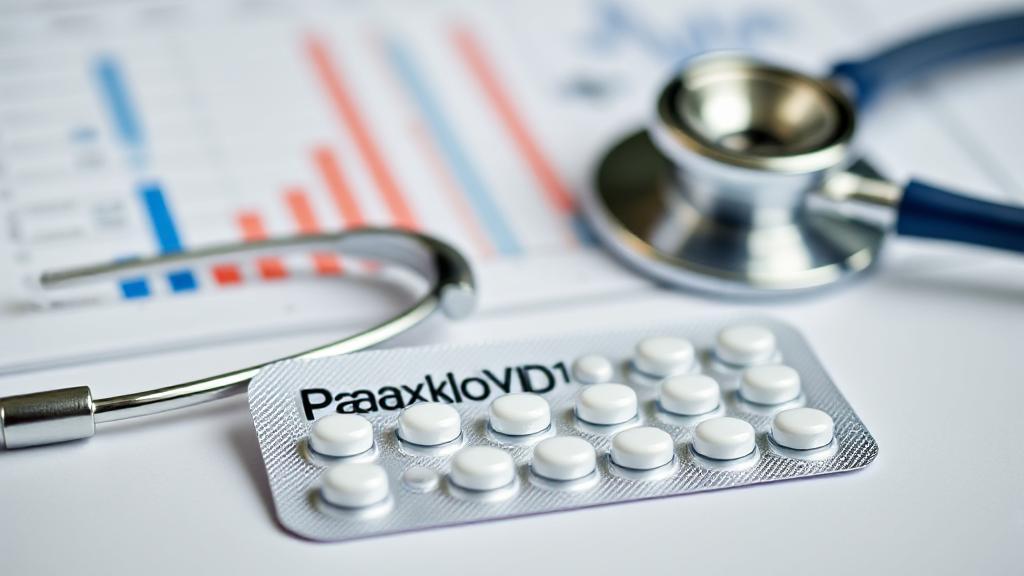Introduction
As the world continues to grapple with the COVID-19 pandemic, the development of effective treatments remains a top priority. One such treatment that has garnered significant attention is Paxlovid, an oral antiviral medication developed by Pfizer. This combination drug has shown promising results in reducing the severity and hospitalization rates of COVID-19, especially among high-risk patients.
What is Paxlovid and How Does it Work?
Paxlovid consists of two medications:
- Nirmatrelvir: Blocks the SARS-CoV-2 main protease (3CLpro), an enzyme essential for viral replication
- Ritonavir: Originally an HIV medication, helps maintain effective levels of nirmatrelvir by slowing its breakdown
The primary component, nirmatrelvir, works by binding to the active site of the 3CLpro enzyme, preventing it from processing the viral polyprotein and thus inhibiting viral replication. Ritonavir acts as a pharmacokinetic enhancer, ensuring that nirmatrelvir remains in the body at effective concentrations for a longer period.
Clinical Efficacy
Key Study Results
The EPIC-HR trial demonstrated impressive outcomes:
- 89% reduction in hospitalization risk among high-risk unvaccinated adults
- Effective against multiple variants, including Delta and Omicron
- Significant decrease in viral load within 5 days of treatment
Real-World Effectiveness
Beyond clinical trials, real-world data have supported Paxlovid's effectiveness against various SARS-CoV-2 variants. This adaptability is crucial as the virus continues to evolve.
Who Should Take Paxlovid?
The FDA has authorized Paxlovid for:
- Adults and children (12 years and older weighing at least 40 kg)
- Individuals who test positive for COVID-19
- Those at high risk for progression to severe disease
High-Risk Factors Include:
- Age 65 or older
- Obesity
- Diabetes
- Heart conditions
- Chronic lung diseases
- Immunocompromised status
Important Considerations
Drug Interactions
Warning: Paxlovid can interact with numerous medications, including common drugs for:
- Heart conditions
- Blood pressure
- Cholesterol
- Anxiety and depression
Administration
Treatment should begin within 5 days of symptom onset. The standard dosing regimen is:
Side Effects and Monitoring
Common side effects include:
- Altered taste (dysgeusia)
- Diarrhea
- Muscle aches
- High blood pressure
Paxlovid Rebound
Recent attention has focused on "Paxlovid rebound," where some patients experience a recurrence of symptoms after completing treatment. The CDC notes that:
- Rebound typically occurs 2-8 days after recovery
- Symptoms are generally mild
- Additional isolation may be necessary
- The benefits still outweigh the risks for high-risk patients
Cost and Accessibility
The U.S. government has purchased millions of Paxlovid courses, making them available at no cost through the Test to Treat program. Many pharmacies and healthcare providers participate in this initiative, improving access for eligible patients.
Conclusion
Paxlovid represents a significant advancement in COVID-19 treatment, offering an effective oral option for high-risk patients. While not a replacement for vaccination, it is a valuable tool in preventing severe outcomes. For more information, consult the FDA's Fact Sheet for Healthcare Providers and the World Health Organization's guidelines on COVID-19 therapeutics.
